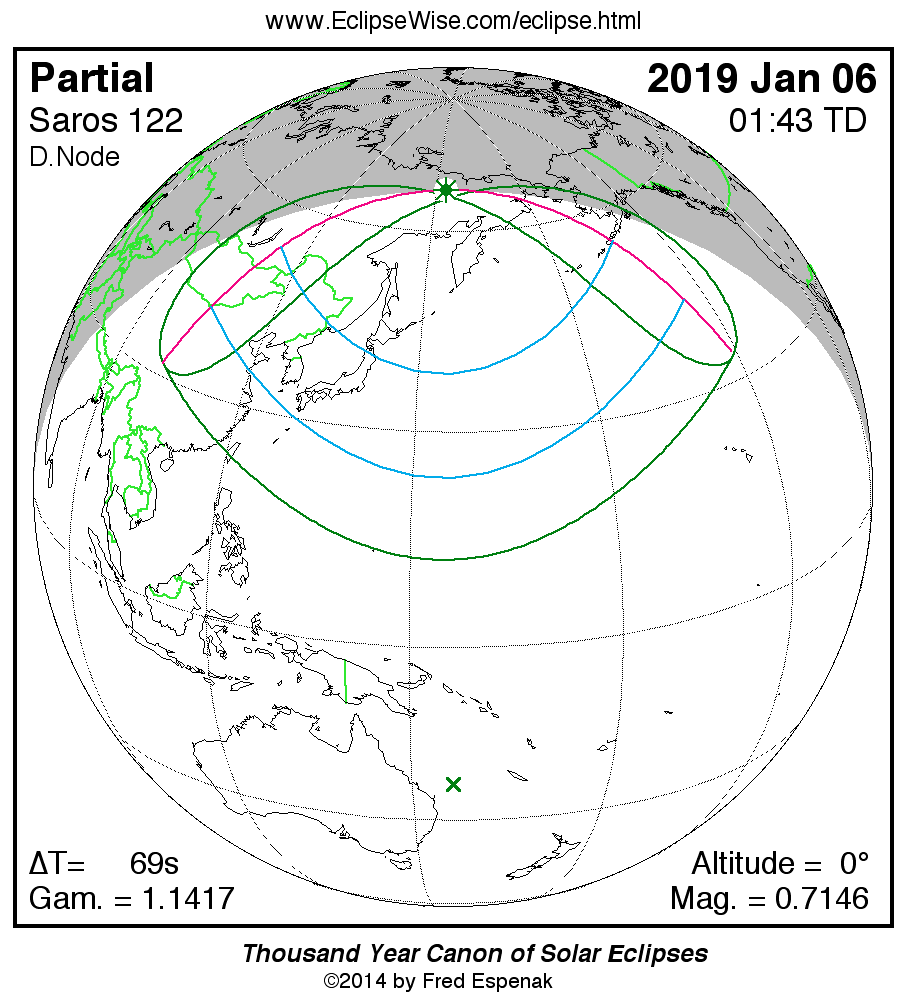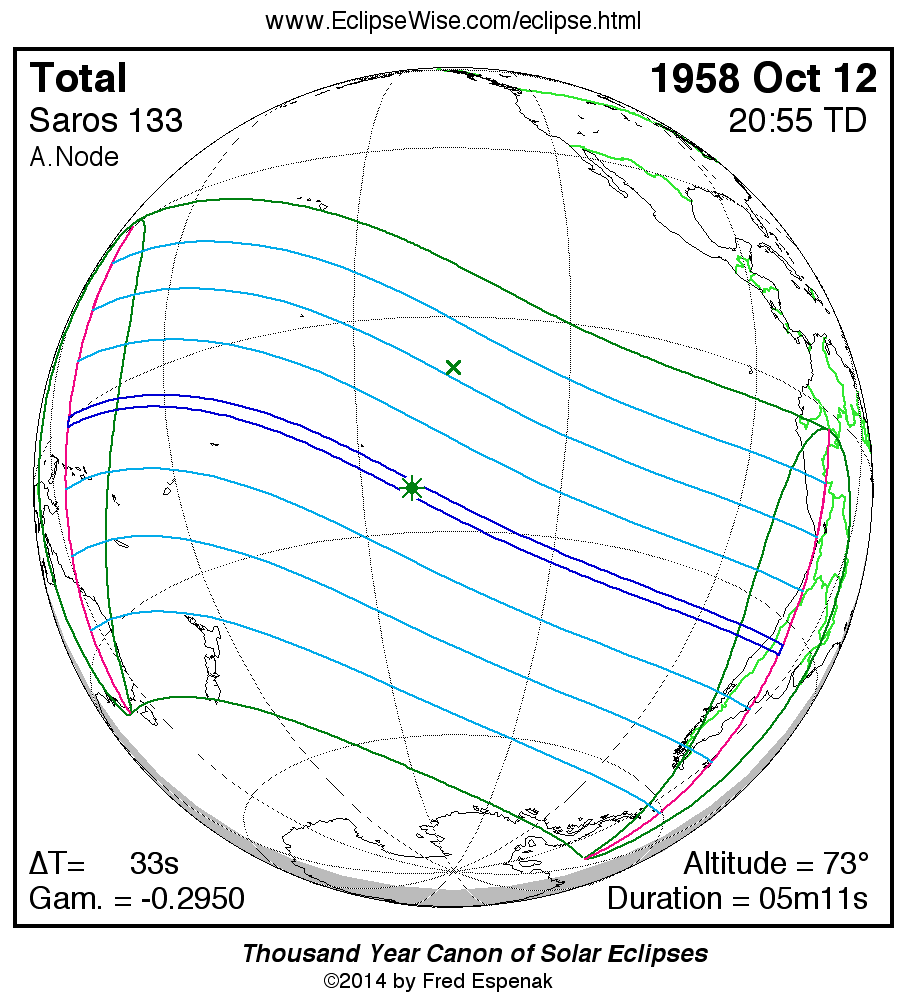A logo not maketh a map. Sorry. Your monopole "model" is an AE Globe projection. Sorry again.
I would suggest reading Earth Not a Globe and educating yourself on the flat earth model.
I have, several times. ENAG doesn't change the fact that there is no flat earth map and that FE cannot predict precisely where an eclipse can be observed for any point on earth - Whereas RE can calculate and predict with pinpoint accuracy where on earth the eclipse will be seen, the degree of totality, the coverage of the umbra and penumbra, precisely when it will begin and end, etc. No matter which way you twist in the wind, those are the facts.
Read Earth Not a Globe. Samuel Birley Rowbotham provides equations for predicting the time, magnitude, and duration of the lunar eclipse at the end of his eclipse chapter: http://www.sacred-texts.com/earth/za/za29.htm
None of what he states references exact location, as RE can and does.
He closes the chapter with:
"The formulæ above quoted are entirely superfluous, because they add nothing to our knowledge of the causes of eclipses, and would not enable us to predict anything which has not hundreds of times already occurred. Hence all the labour of calculation is truly effort thrown away, and may be altogether dispensed with by adopting the simple process referred to at page 153, and calling that which eclipses the moon the "lunar eclipsor," or the moon's satellite, instead of the "earth's shadow," just as the moon is the sun's eclipsor."
Rowbotham demonstrates that the matter is predictable with patterns. Where is the Round Earth model?
He demonstrates nothing regarding location.
Where is the RE exhibited in the Saros Cycle or the moon calculators that tell you where you can see the moon from? I see words. No demonstration. Show us where RE is exhibited in the eclipse predictions.
Right here, in the NASA link you keep referencing:
"Eclipse Predictions by Fred Espenak, NASA/GSFC Emeritus"
From Fred Espenak's site regarding one of many eclipses, for example:
"Predictions for the Partial Solar Eclipse of 2019 Jan 06 were generated using the JPL DE406 solar and lunar ephemerides."
What's a JPL DE? The (DE) models consist of computer representations of positions, velocities and accelerations of major Solar System bodies, tabulated at equally spaced intervals of time, covering a specified span of years.
Here are some of Fred's predictions he represents on a Globe:

